
[ad_1]
The CEO of a laboratory in Texas that is performing groundbreaking work in DNA science says that the technology they are using could one day completely wipe out serial crime.
It’s a big headline, but Othram Inc. CEO David Mittelman says it’s ‘100 percent’ true.
He’s right to be confident, though. The forensic DNA technology has already performed feats that would previously have been considered impossible.
They’ve helped to solve cases from as far back as 1881, and even identified one of the victims of the USA’s most prolific serial killer, Samuel Little.
With the right funding and a significant upscaling of operations, Othram could make serial killing a thing of the past, as well as helping thousands of families find out what happened to their loved ones and solve decades-old cold cases.
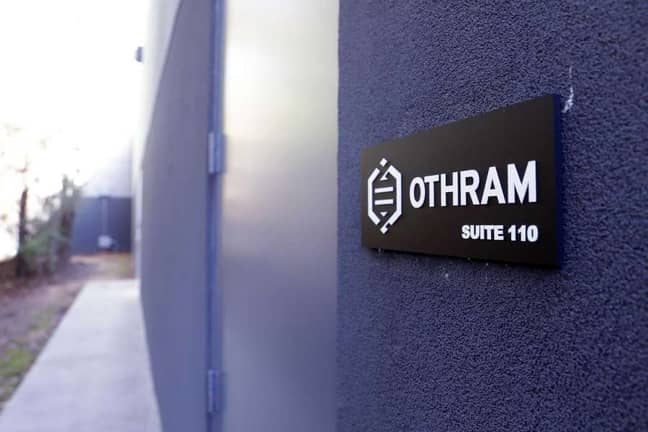
If you want to read about some of the cases that Othram has already been instrumental in solving, you can skip towards the bottom, but first, we should have a look at how it actually works, and how Mittelman believes it can help put an end to serial crime in future, given the right circumstances.
Currently, the USA has a system that looks at just 20 markers within the DNA. The FBI-run system then allows them to check for anyone in their database that matches what is discovered at a crime scene.
However, that requires the person to be in the database in the first place. That’s helpful if someone needs to be linked to a crime, or commits another crime after already being on there.
As Mittelman explained, many missing victims won’t be on the database, and therefore are unlikely to be found.
In fact – he says – the success rate using the FBI’s CODIS system is just one percent.
He also claims the DNA kits used to identify those involved in sexual crimes are only successful 15 percent of the time.
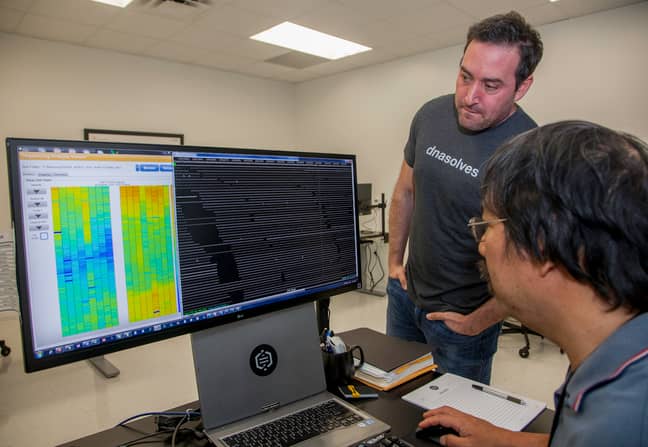
The current systems were designed to catch criminals, not identify bodies. Furthermore, the system only dates back to the 1990s, so many cases before that are unlikely to be solved through this system.
Now, Othram is able to take tiny parts of DNA – ‘trace quantities’ – and build profiles with not just 20, but tens of thousands to hundreds of thousands of markers.
That’s a huge mark-up and it means they can start to look at cases that would otherwise be left unsolved forever.
They can find relatives, even distant ones, that might be able to help.
That’s the information that they provide to law enforcement, who – armed with tools they wouldn’t previously have had – can find criminals and victims alike.
As Mittelman states: “It’s very hard to seek justice for a person when you don’t know who they are.
“Knowing who someone is, is a big part of the struggle of trying to understand the circumstances of someone’s death.”
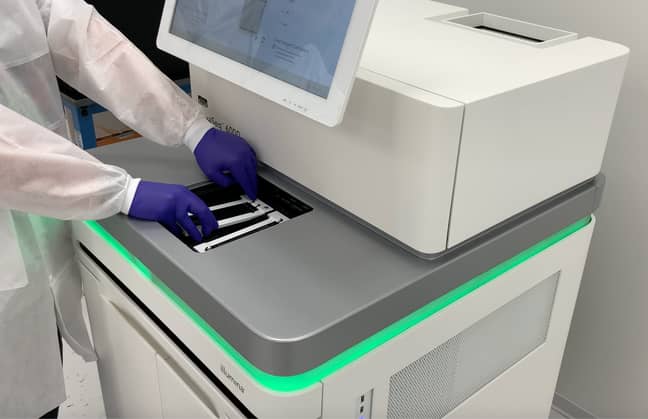
But, it’s the future that interests Mittelman.
“The future that I see is that you don’t have these big backlogs of cold cases. People are not going to be committing serial crimes anymore, because if they commit the crime and they can’t be identified, we’ll identify them using Othram’s method,” he said.
“I think that bodes well for preventing future crime. It will become a routine part of the toolbox, [like] fingerprint analysis, forensic facial reconstruction, traditional forensic DNA testing – Othram’s just another tool.
“You grab the tools you need to solve the case, and if that one doesn’t work, you try another one.”
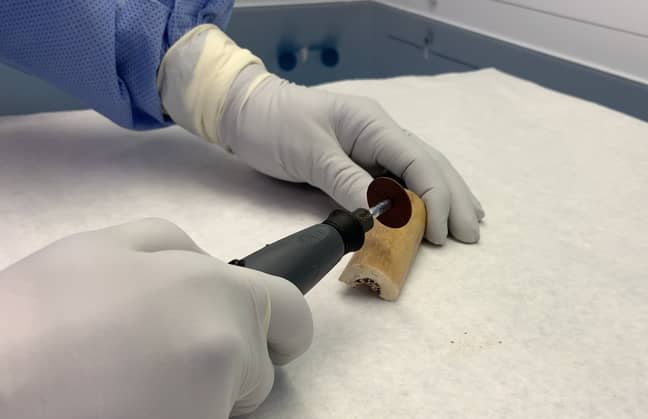
He continued: “If – tomorrow – you decide to go commit a crime, you’re probably not on the government database, so you can commit a crime and your crime scene will be put in the database.
“You’ll be in the database but they won’t know who you are. Then you can commit another crime, and you’ll be in the database twice, then a third crime.
“The question is – how many times should an unknown assailant appear in the national database before you just decide to go figure who they are?
“Is it acceptable to appear five times, eight times, 10 times?
“In my opinion, if you appear at all it’s too much.
“So, when you can identify people immediately, without having to go through this long process of waiting and accumulating multiple crime scenes, then you will prevent these future crime scenes.
“In the future, if you’re not in the database, they’ll find out who you are, they’ll put you in the database, and there won’t be a second crime scene.”
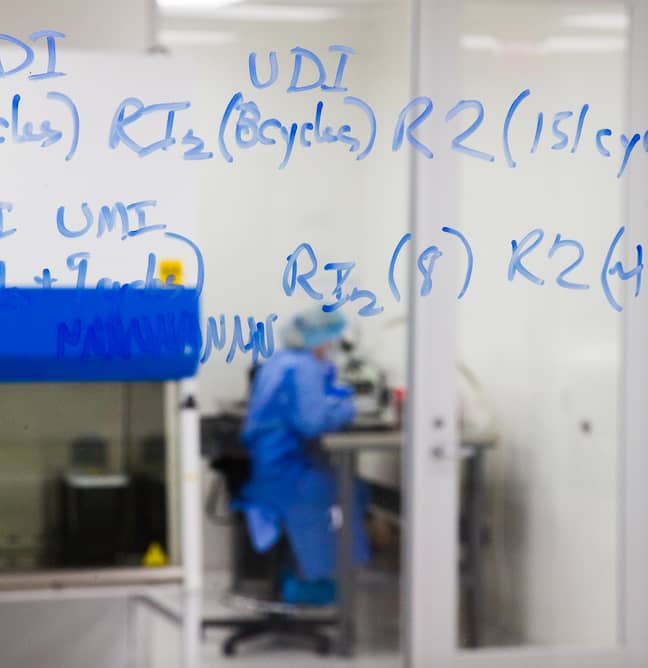
The reason this isn’t happening already – perhaps predictably – is money.
Othram’s work is expensive, and at the minute they rely heavily on donations and philanthropy to solve these cold cases.
They are also fighting to get the word out that this technology exists, and these results are possible.
“Getting that awareness out there is what is going to trigger adoption of the method, and I think then you’ll start to see tremendous value.”
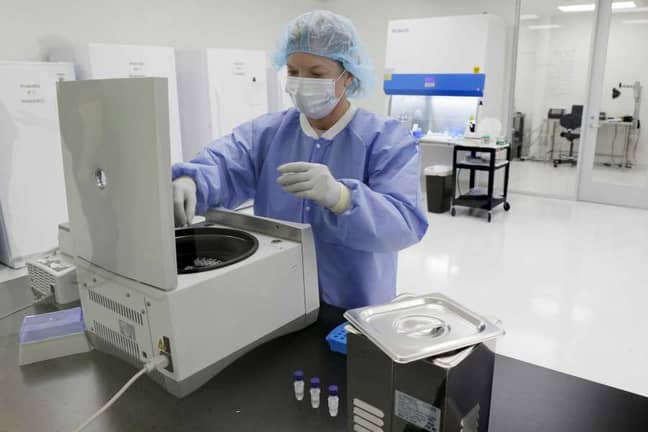
“We’re limited only by funding. The technology works, the investigative procedure is there in place and outlined, we just need the attention and funding to scale this to every case.
“You don’t want to apply this technology just to a famous serial killer, you want it to apply to every case.
“It’s not justice if it isn’t distributed for all cases.”
Here are just a handful of the prolific cases that Othram has been involved in, one as recently as last month.
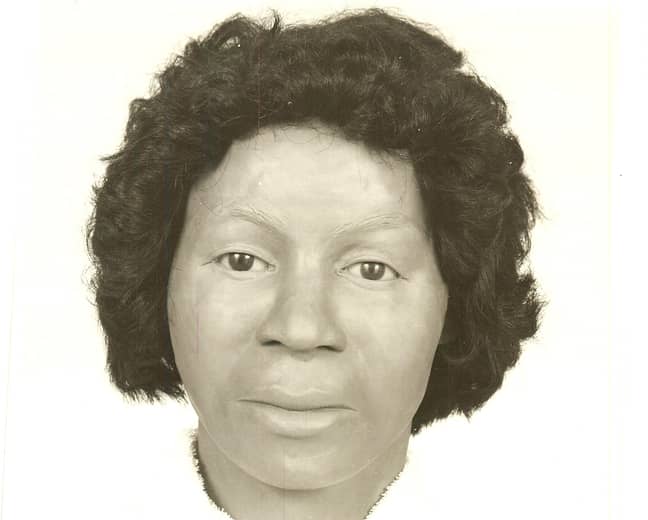
Clara Birdlong was a 44-year-old woman who went missing in Mississippi back in 1977.
In 2021, her remains were identified using the Othram method, and the authorities believe with almost complete certainty that she was one of the 93 victims of Samuel Little, the USA’s most prolific serial killer.
Little died in 2020 in prison, where he was serving consecutive life sentences, and whilst he’d admitted to the killing of Birdlong beforehand, her body had never been identified and her name never revealed because of the sheer scale of Little’s killing.
In an interview with investigators, Little once said: “I’d go back to the same city sometimes and pluck me another grape, [victim].
“How many grapes do you all got on the vine here?”
He also said that he’d avoid choosing ‘people who would be immediately missed’.
Little said: “I’m not going to go over there into the white neighbourhood and pick out a little teenage girl.”
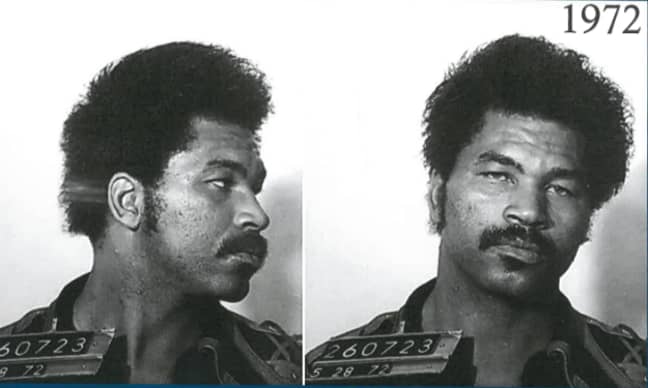
Before Othram became involved, Birdlong was known only as ‘Escatawpa Jane Doe’, as Little had admitted to her killing – as with many others – but never knew her name.
Mittelman explained: “This is someone he confessed to the killing, but he’s killed so many people he didn’t know what her name was, so we identified her.
“We have a lot of cases in Mississippi, and we have a philanthropist who we work with that funds a lot of the cases.
“We were able to identify her and trace back her family.
“We were very lucky that she had a very old relative, I think she was in her 90s, but was one of the few people in the family that still remembered Clara.
“Through DNA testing and some other investigative work, we were able to identify Clara.”

Carla Walker was a 17-year-old girl from Fort-Worth in Texas who was raped and murdered after being dragged from her boyfriend’s car 47 years ago.
She’d been at a Valentine’s Day dance with her boyfriend.
Othram managed to help the police find the person who murdered her last year.
Glen McCurley was still living within a few miles of her house, had no relationship to the victim, and committed what Mittelman called a ‘crime of opportunity’.
He had lived his life in relative normality since the murder and has two children and a wife.
Last year, he was indicted and recently prosecuted and – Mittelman says – ‘he’s going to prison forever’.
Mittelman added: “That just goes to show that this technology can do great things, and can even help prosecute crimes that are almost 50 years old.”
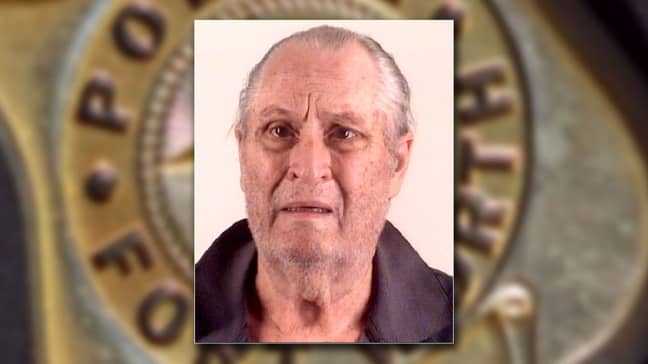
He went on: “When she was murdered, she had a 12-year-old brother, and that guy has lived in the same house for 47 years.
“He has been afraid to move because he was hoping that in the last 46 years cops would come to his house and tell him that they figured out who killed his sister.
“He even went into law enforcement as a career, but his whole life was ruined waiting and not being able to process what happened to his sister.
“You can imagine that it’s an amazing feeling to be able to tell him that we did find out who killed his sister.
“It’s a remarkable feeling to be able to give answers to a family, but to have them be able to face the person responsible, he’s been so elated.”
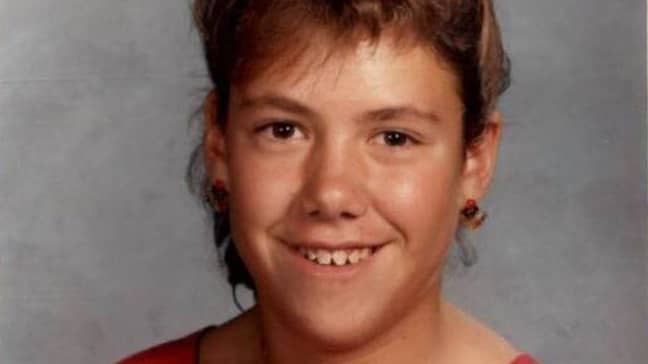
Stephanie Isaacson was 14 years old when she was murdered in 1989, and her case is particularly significant because it was the least amount of DNA that has ever been used to crack a cold case.
Othram’s new technology means that they were able to use just 15 human cells to build up the picture of the killer.
However, the alleged killer died in 1995.
In a statement, Stephanie’s mother said: “I’m glad they found who murdered my daughter,
“I never believed the case would be solved.”
Stephanie was assaulted, strangled, and murdered on her walk home from school in Las Vegas, and the police were only able to pick the case back up again after getting a sample donation from a local resident.
Using just 0.12 nanograms of DNA, they formulated a picture and cracked the case.
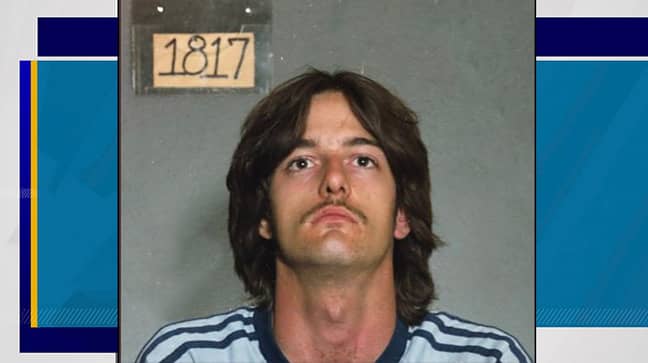
The suspected culprit was Darren Roy Marchand, who died by suicide in 1995.
However, his DNA was already on file from a previous murder be committed in 1986.
It just goes to prove how much can be done with minuscule amounts of DNA using this method, as well as highlighting the crime prevention possibilities, and the possibility to stop future crime.
Mittelman explained: “In the case of Stephanie Isaacson, the guy that killed her killed another woman three years earlier, but there wasn’t enough evidence at the time to tie him to the scene.
“If the tools had been available then, you could imagine he could have been successfully prosecuted for the ’86 crime and Stephanie Isaacson would still be alive today.
“I really think that this isn’t just a way to solve an older case, but a way to really protect the community and help sort out cases in real-time, so that they don’t linger for decades.”
You can read about the cases Othram is involved in, as well as finding ways to help out, at dnasolves.com
[ad_2]
Source link